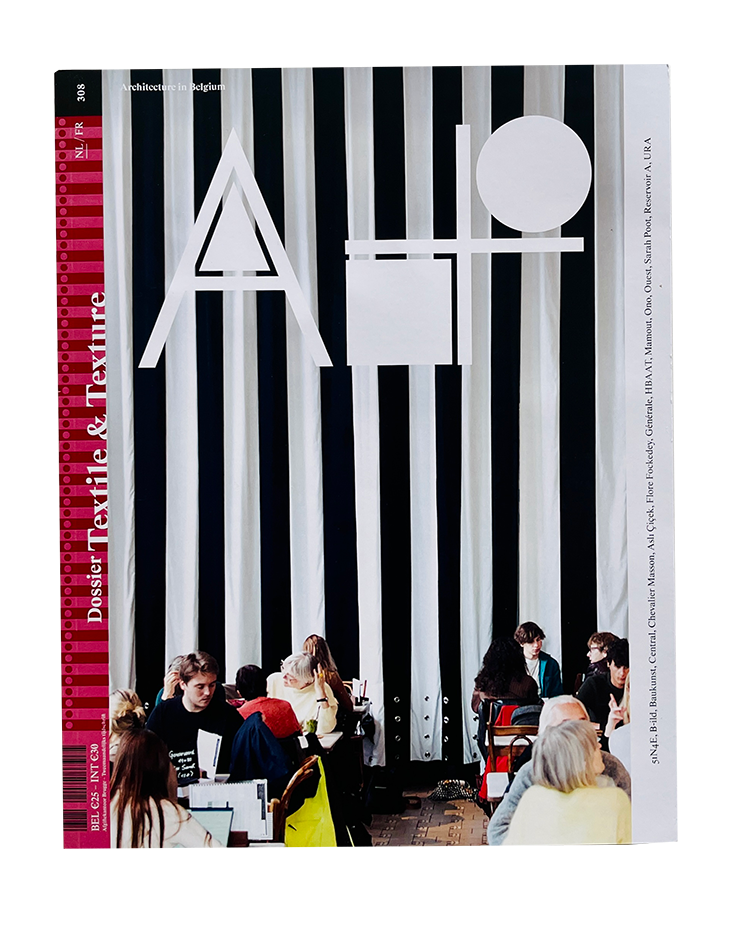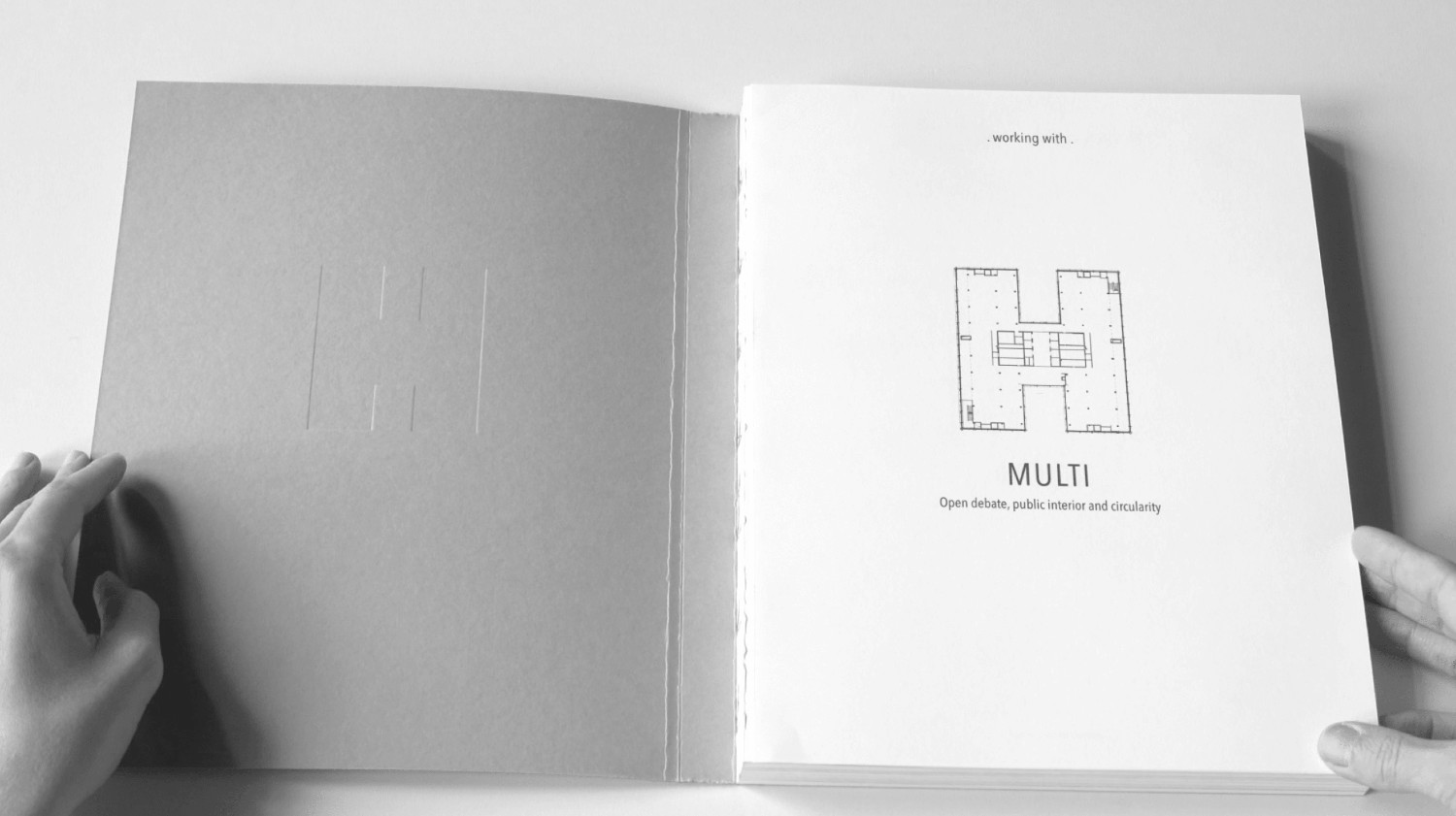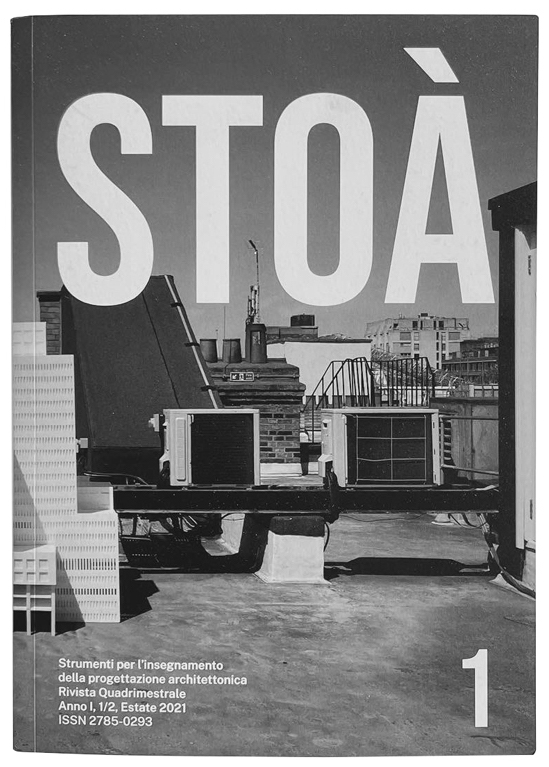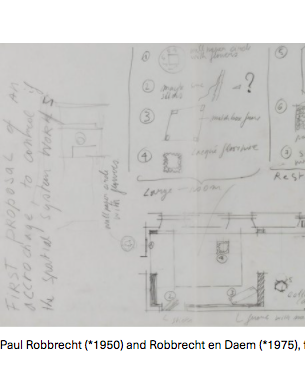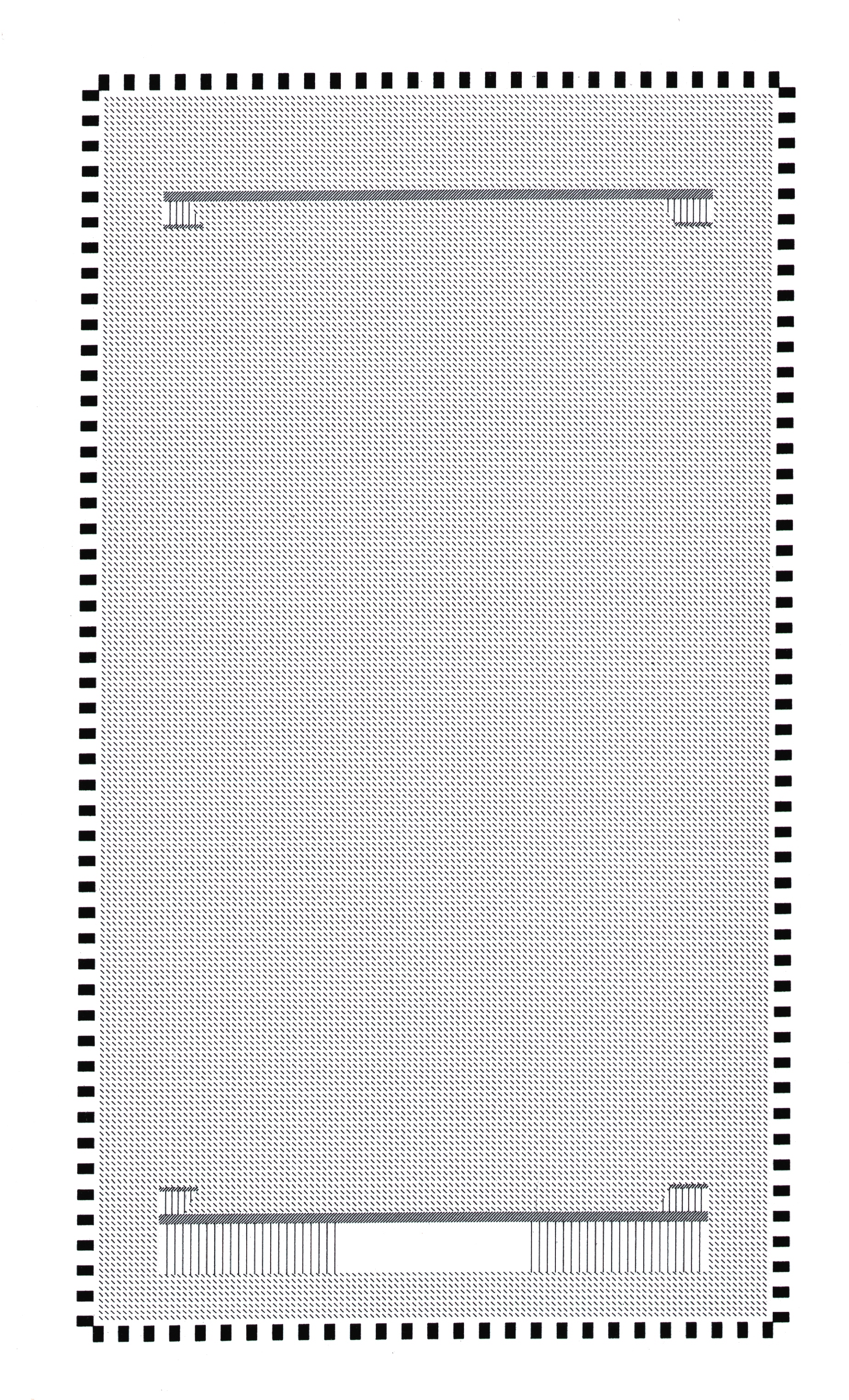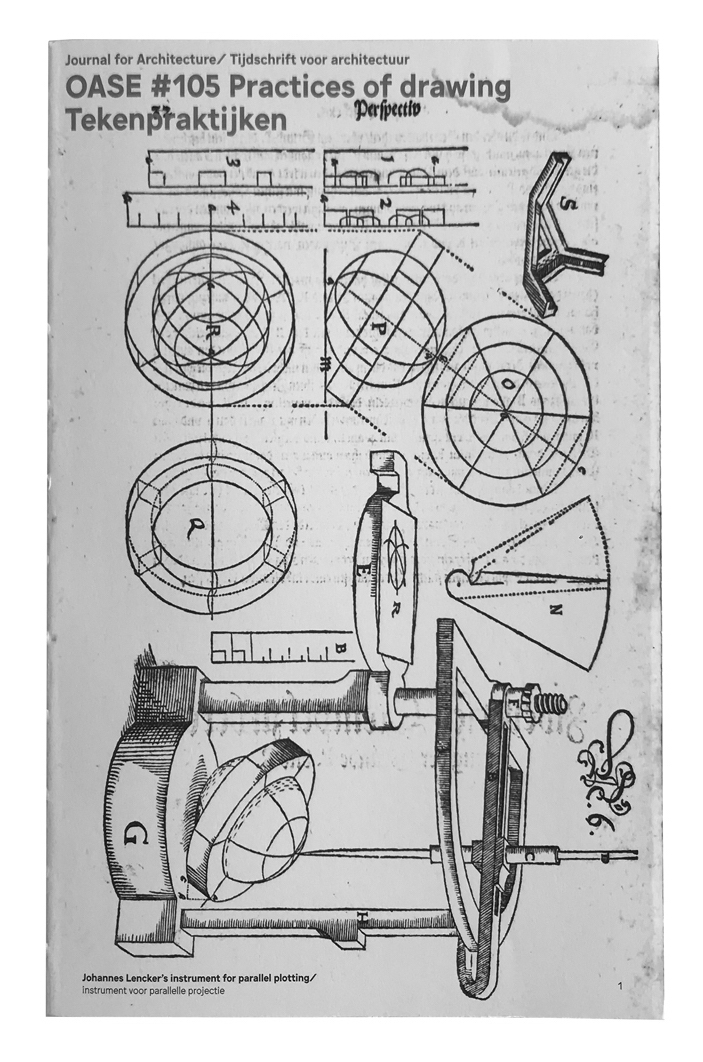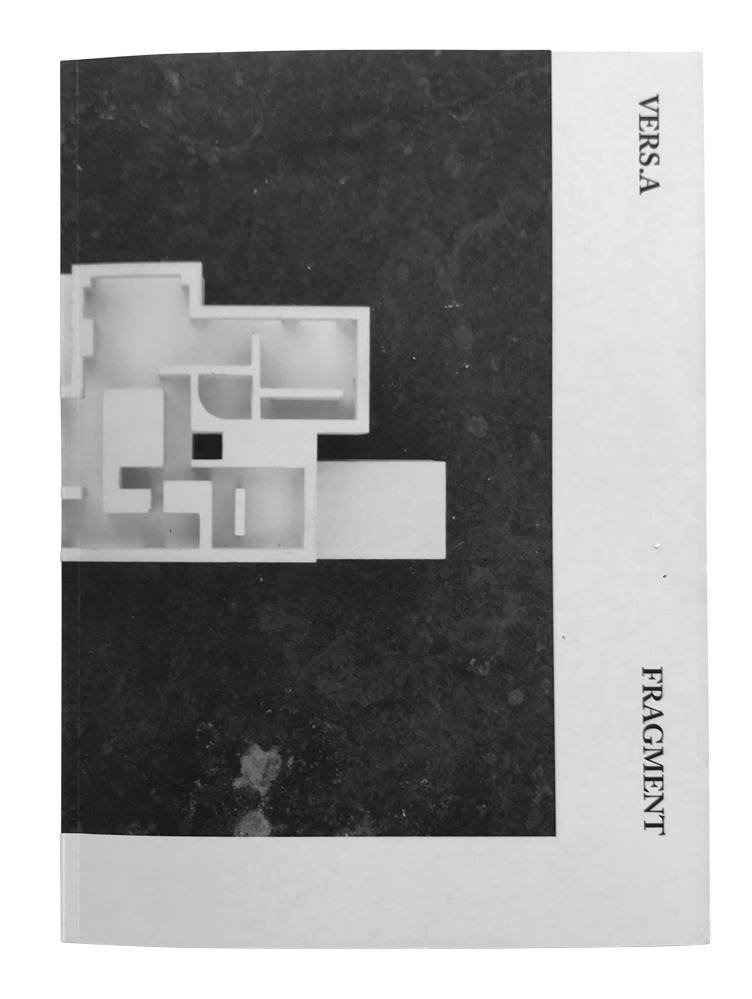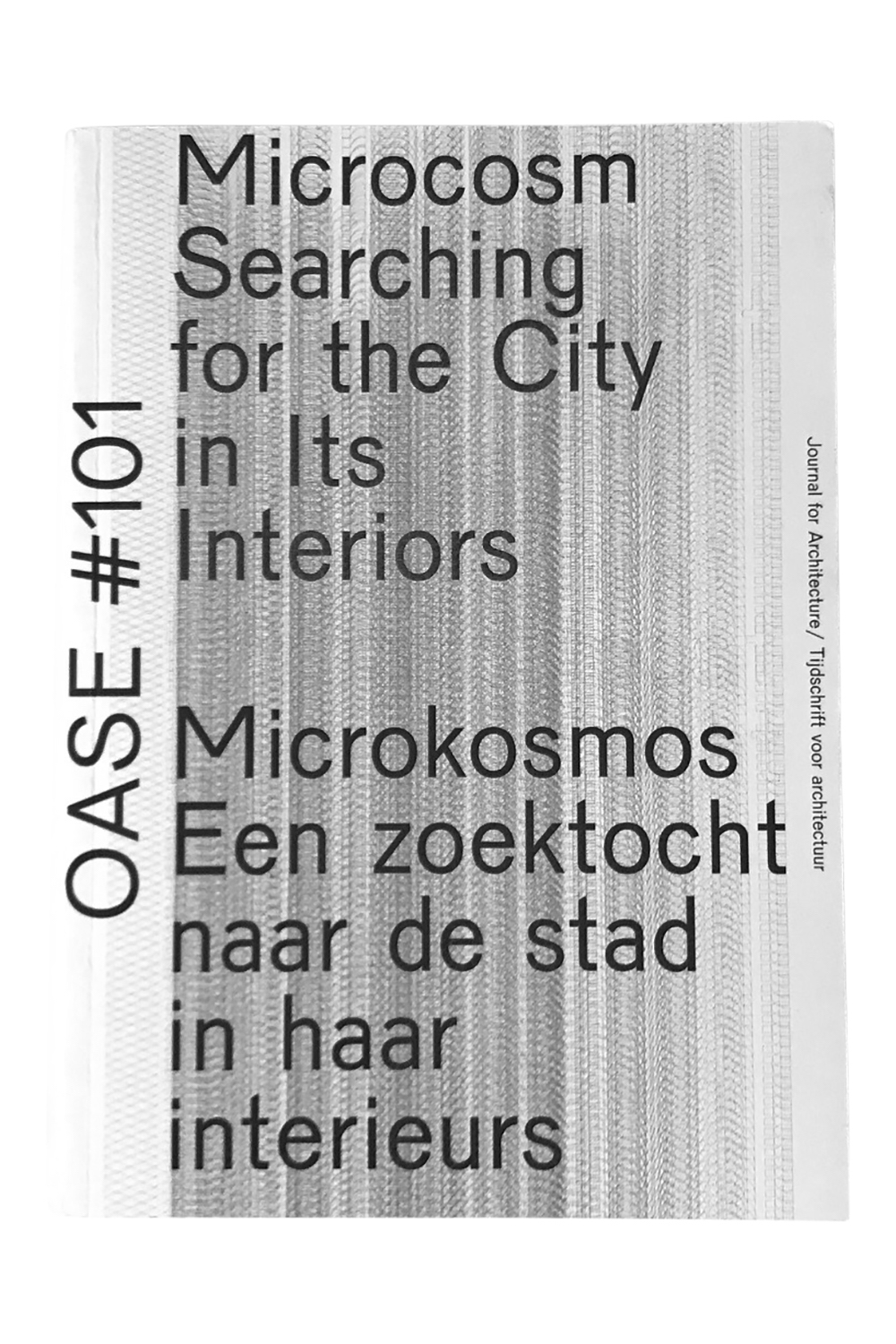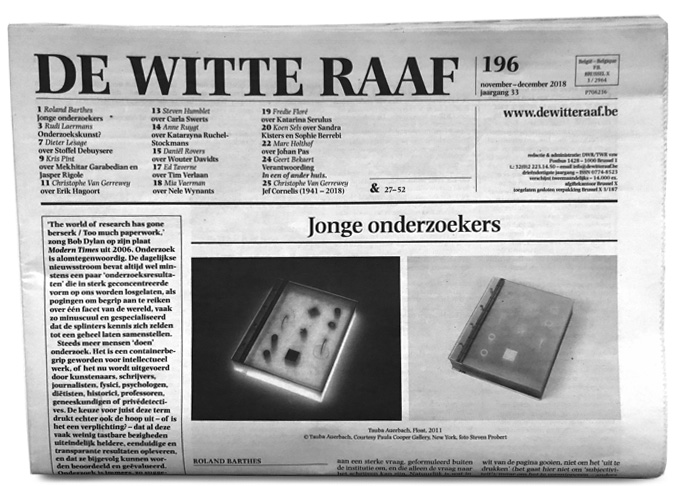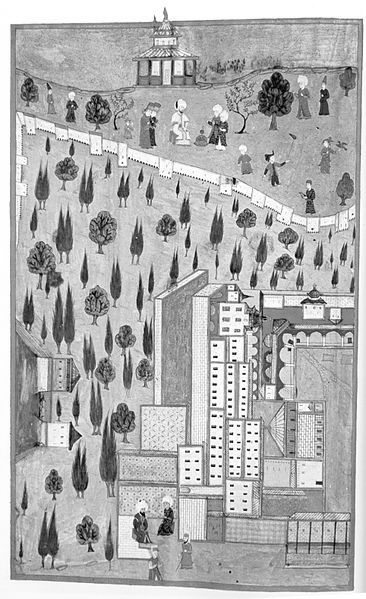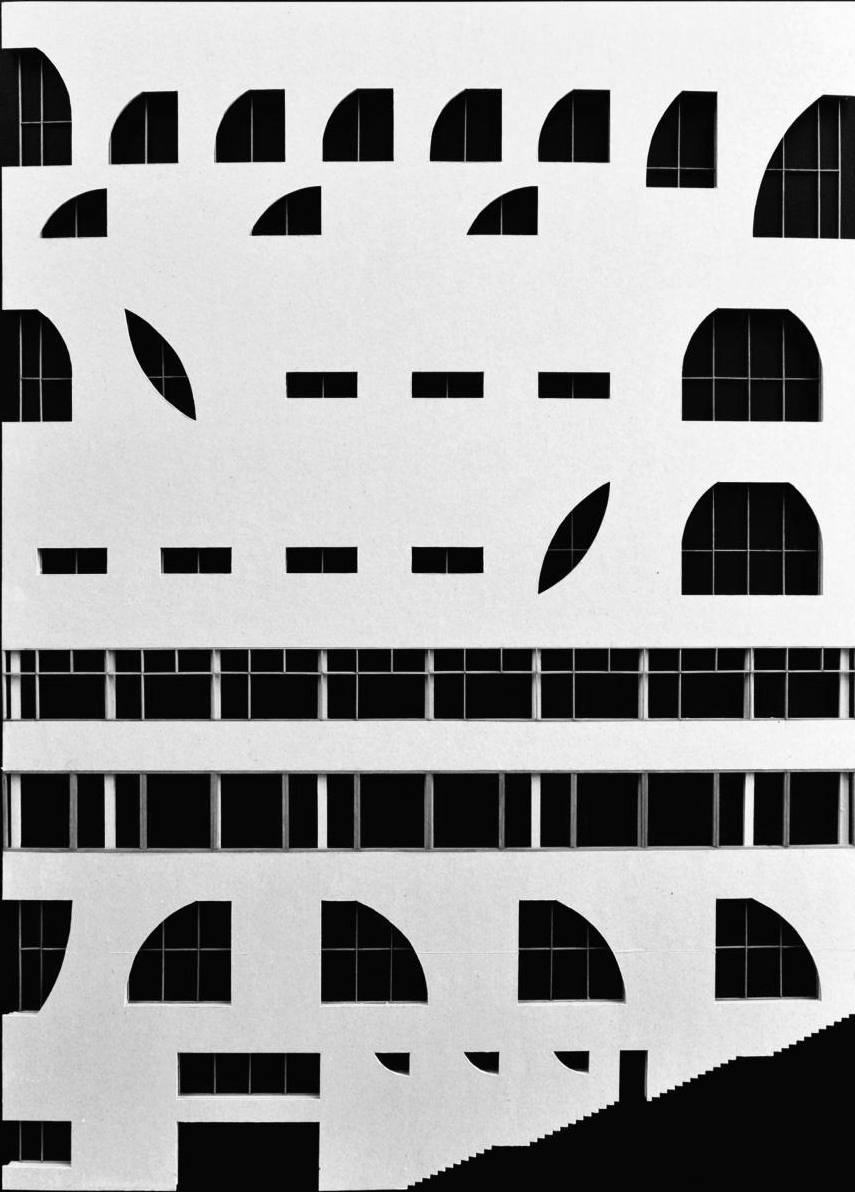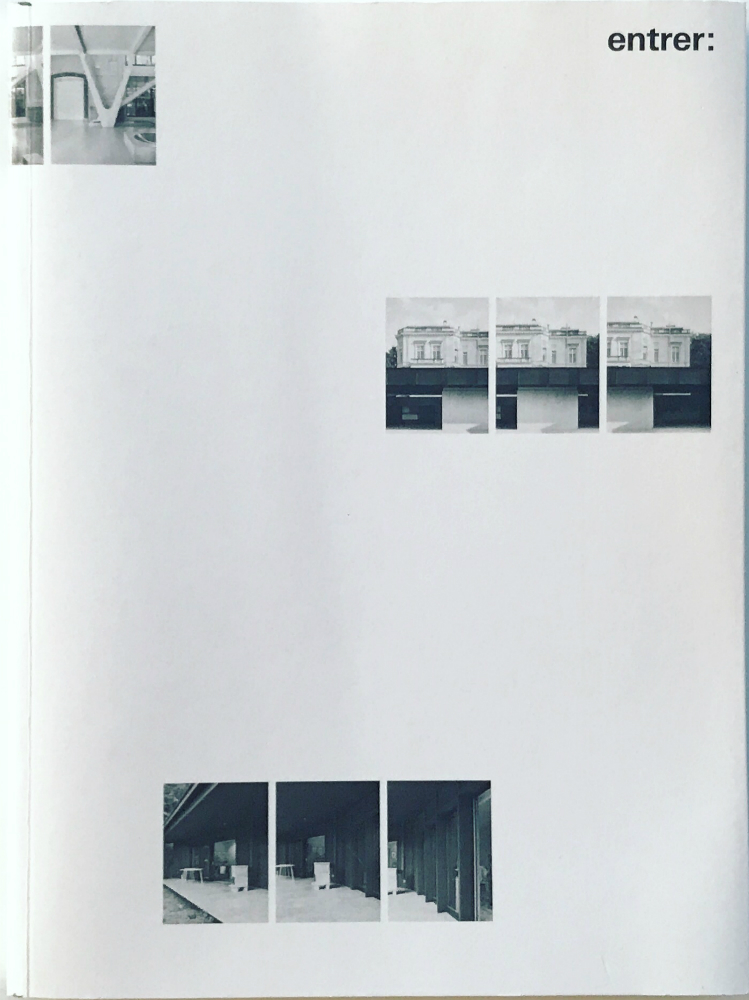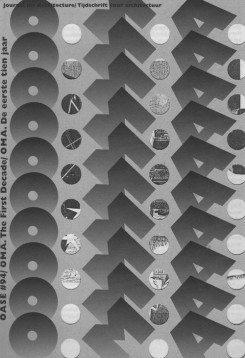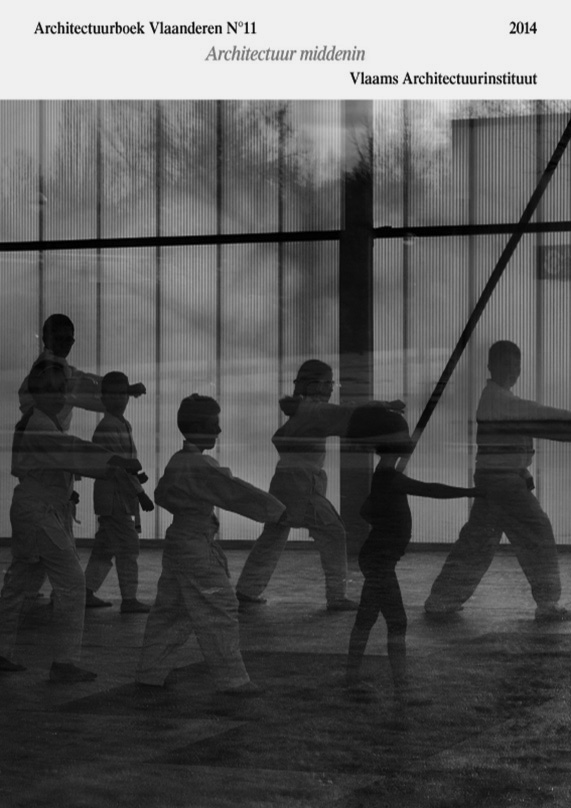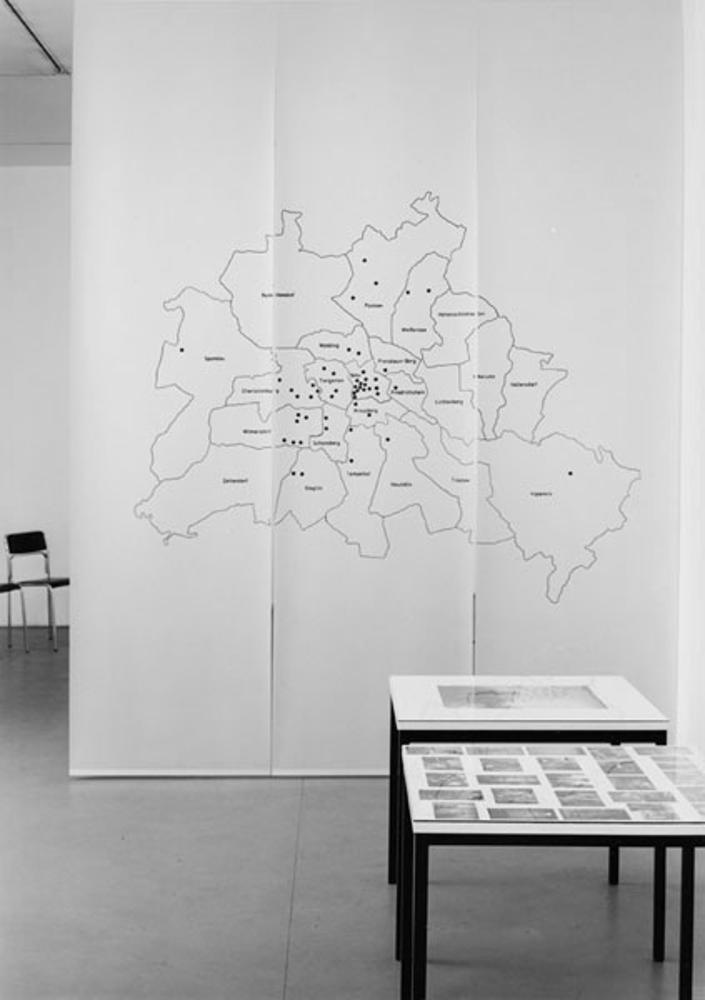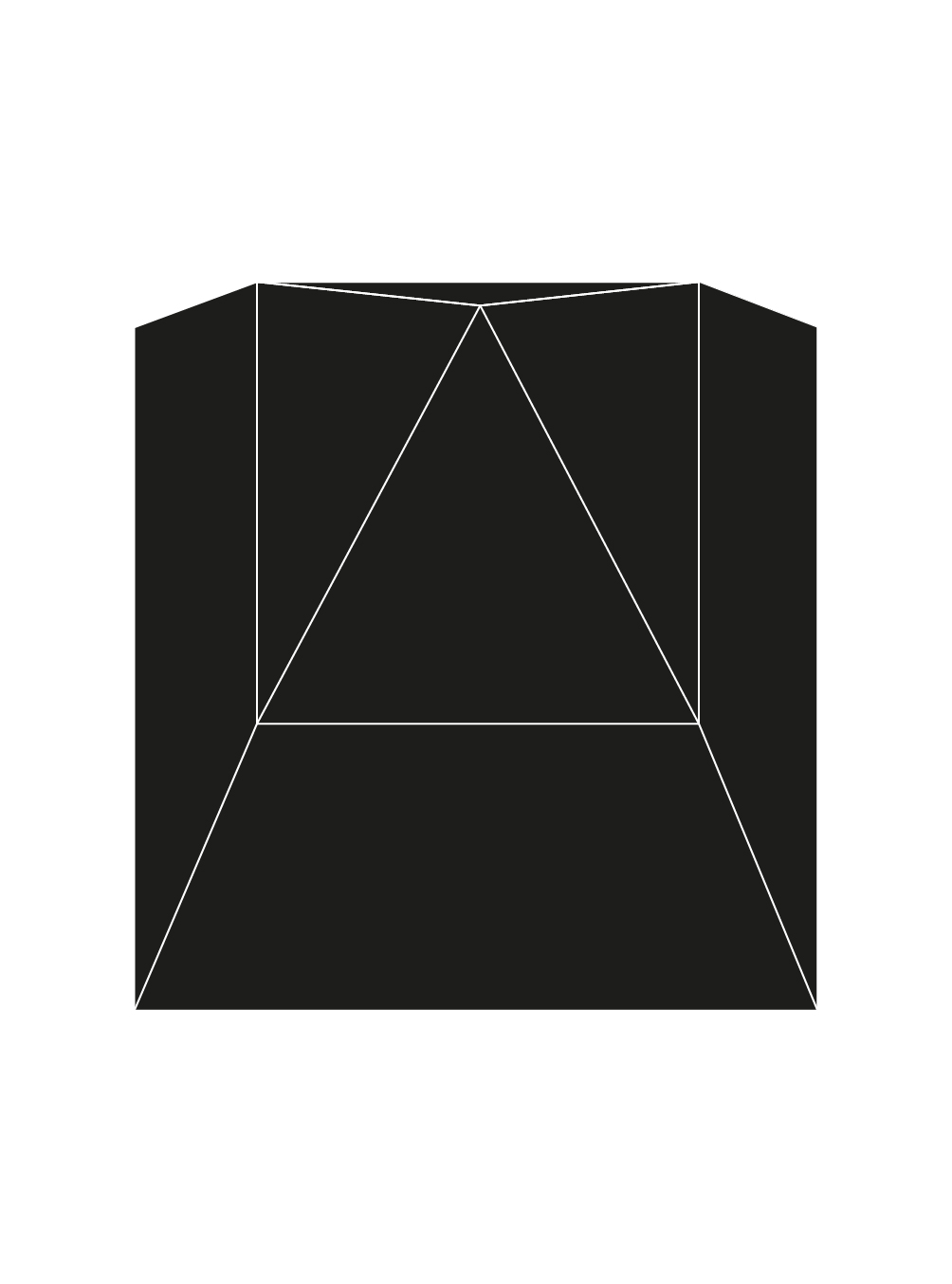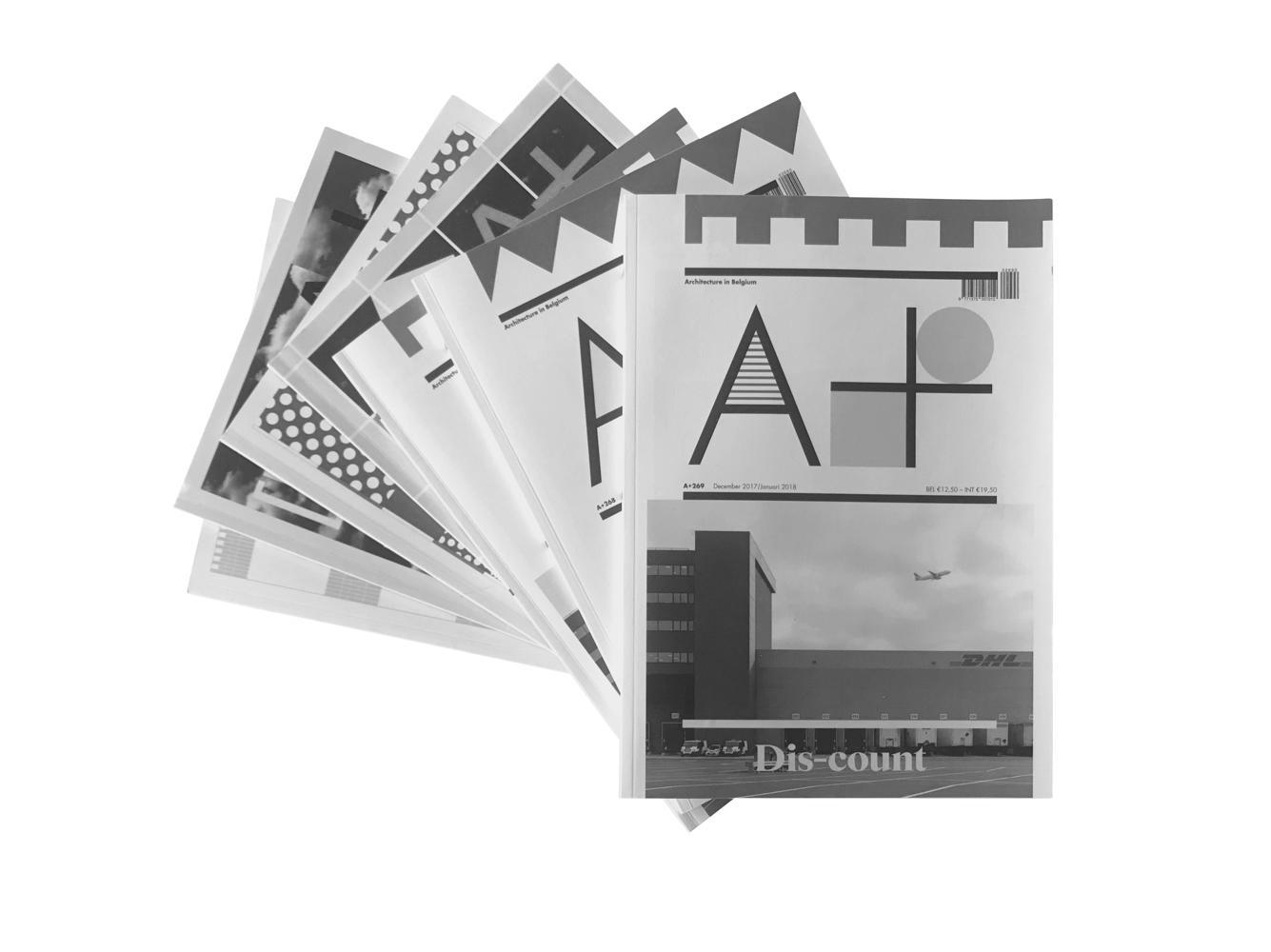Perpetual Perspectives
Essay on miniature drawings and their influence on own practice.
Building Identity - Assimilation issue
CARTHA
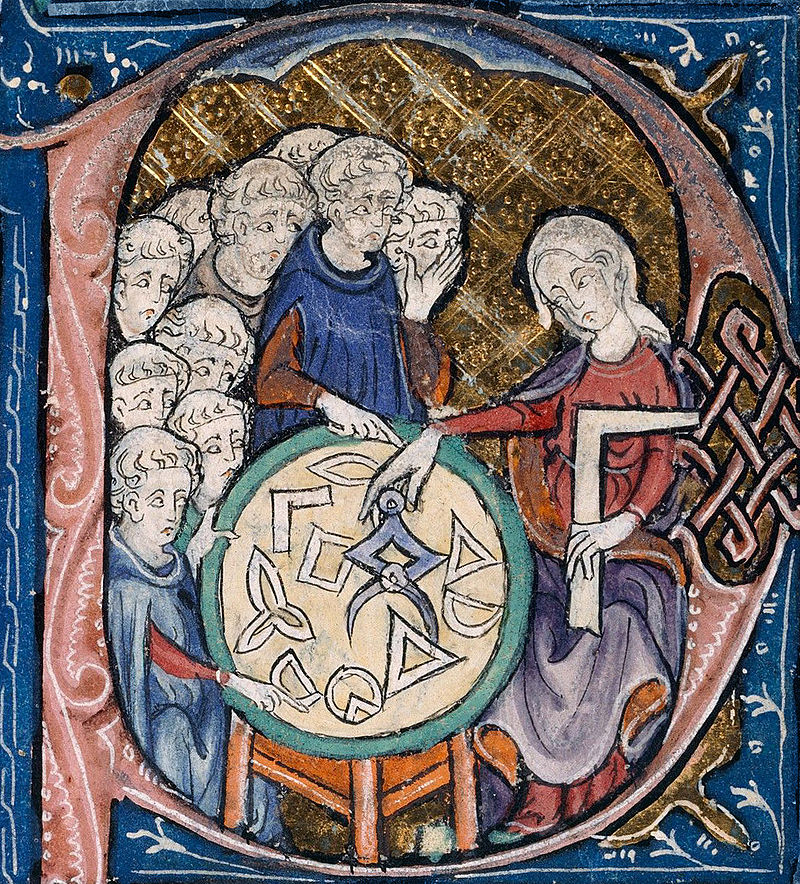
'The oldest surviving, full translation of Euclid’s Elements has been made by Adelard of Bath in XII century, from an Arabic version into Latin. The title page of the book is an illustration, which shows a woman, holding a compass over a table laid with other tools and few students watching her. All figures are placed frontally while the table top is seen from above. The rules of perspective are not respected but there is still a spatial depth to the depicted scene. The decisions of how to show what are precise, framed in the bowl of the letter P drawn in red. This type of drawing wasn’t unusual in the Middle Ages; the rather unusual element in the composition is the personification of Geometry as a woman*. The illustration itself is an example of ‘miniature paintings’. Their main characteristics are not being concerned with light, proportion within the context or representing the reality one to one. The description of miniature comes from minium in Latin for the lead, which was used to produce the red pigment to delineate the content of the illustration. The term also refers to miniatura in Italian, which, given the small sizes of these drawings in handwritten illuminated manuscripts, has become a fitting etymology as well.
Having grown up in Istanbul and long before I acquired my architectural formation at the Academy of Fine Arts in Munich I had seen countless mosaics in similar fashion, narrating -mostly- biblical stories in Byzantine churches and colourful miniature drawings depicting scenes of the Ottoman court life or the cities concurred by sultans. All these drawings were fascinating to the eyes of a child in their narrative qualities rather than representing reality accurately. They left some space for imagination since they have been made through choices on how to represent each object in a scene in the best way- even if it would create an impossible composition in terms of reality.'
For the full text: www.carthamagazine.com


